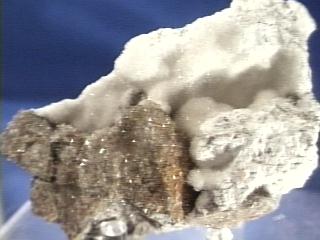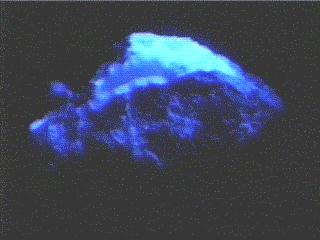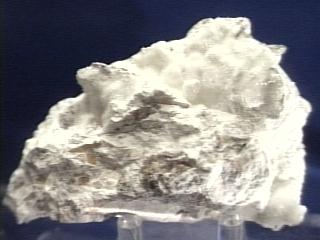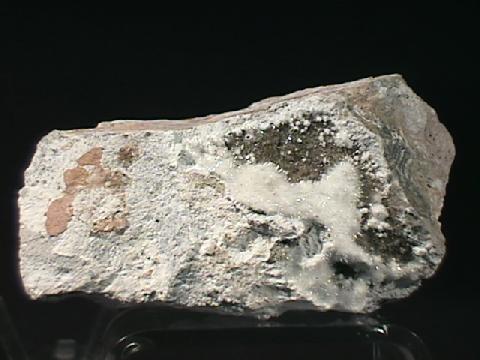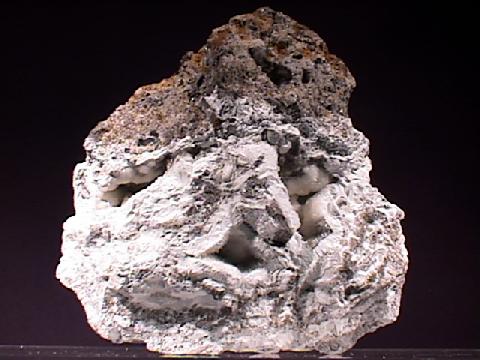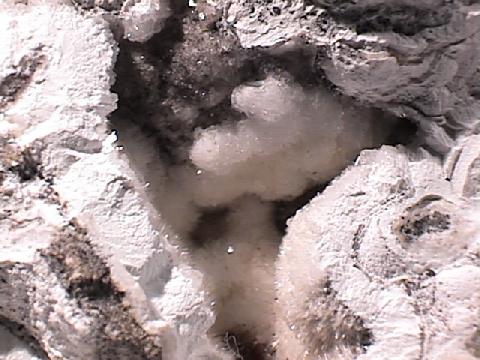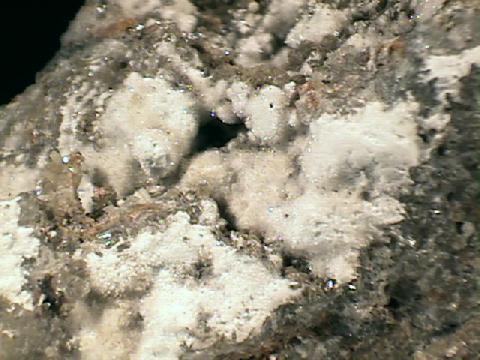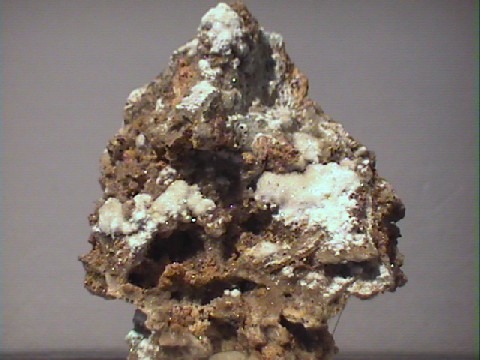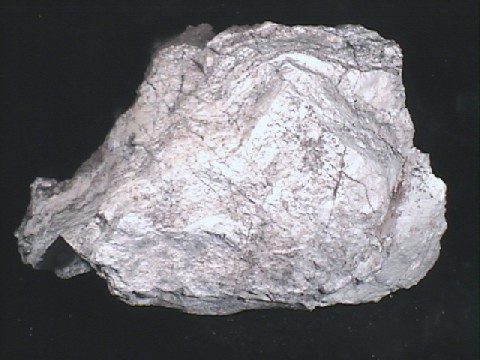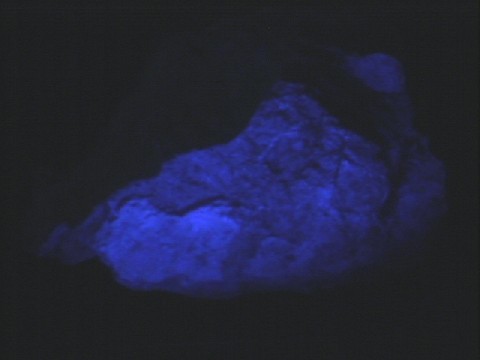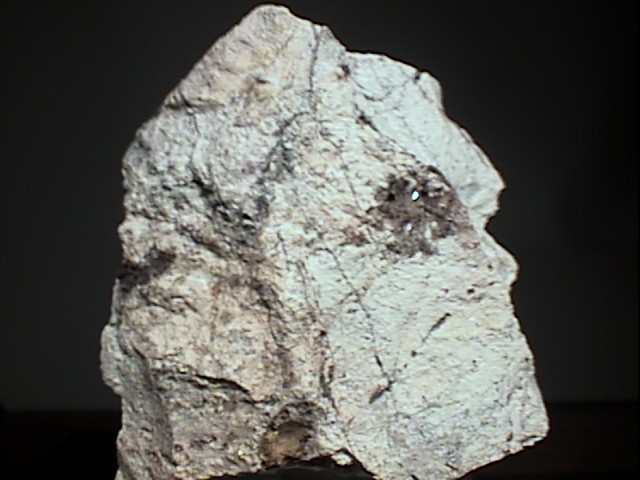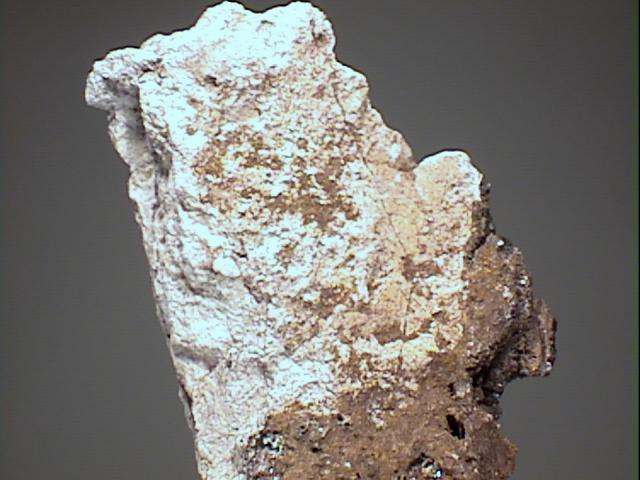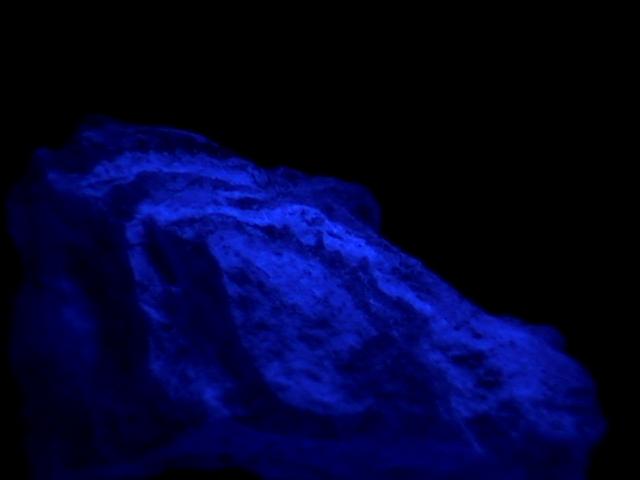 THE MINERAL HYDROZINCITE
THE MINERAL HYDROZINCITE
- Chemistry: Zn5(CO3)2(OH)6, Zinc Carbonate Hydroxide
- Class: Carbonates
- Uses: minor ore of zinc and as a mineral specimen
- Specimens
Hydrozincite forms in the oxidation zones of zinc deposits as masses or crusts.
Crystals are rare, but can be found.
Hydrozincite may be present on many specimens, but is usually unnoticed or assumed to be some other more common mineral, such as
calcite or
aragonite.
PHYSICAL CHARACTERISTICS:
- Color is white or clear, some tinted pale colors possible.
- Luster is vitreous or pearly to dull or earthy in massive specimens.
- Transparency crystals are transparent to translucent.
- Crystal System is monoclinic; 2/m
- Crystal Habits include massive forms that can be layered, stalactitic, concretionary, fibrous, and encrusting.
Crystal are rare, but when found are usually thin, bladed and tapering to a point or
in radiating tufts of acicular crystals.
- Hardness is 2 - 2.5
- Specific Gravity is 3.5 - 3.8+ (above average for non-metallic minerals))
- Cleavage is perfect in one direction.
- Fracture is uneven or fibrous.
- Streak is white.
- Associated Minerals include sphalerite, limonite, smithsonite, hemimorphite and calcite.
- Other Characteristics: is fluorescent (blue) in UV light and effervesceses easily in cold dilute hydrochloric acid.
- Notable Occurrences include Iran; England; Austria; Mexico; southwestern USA, and Australia.
- Best Field Indicators are fluorescense (blue), crystal habits, single plane of cleavage, localities, and reaction to acid.
 THE MINERAL HYDROZINCITE
THE MINERAL HYDROZINCITE
